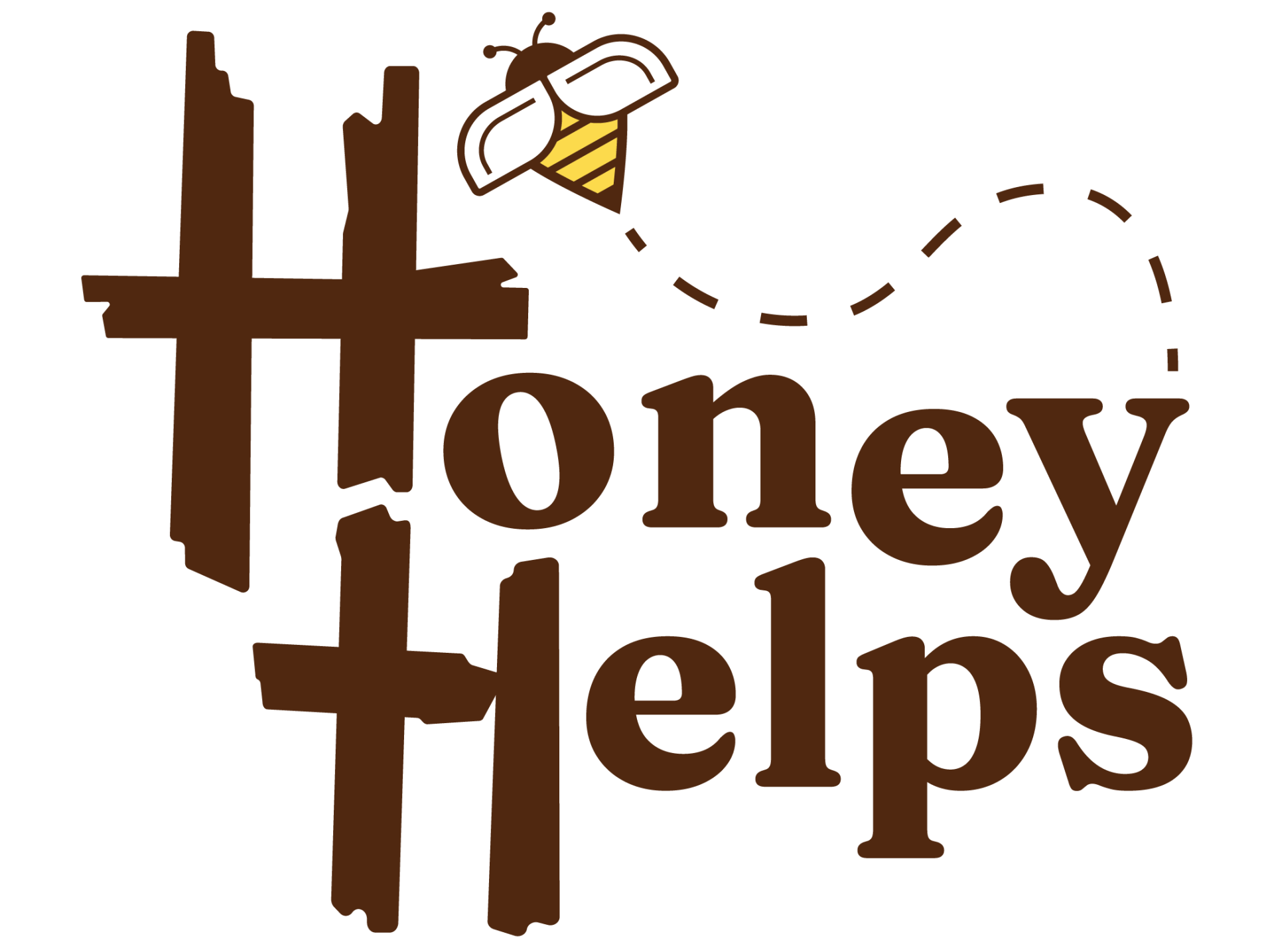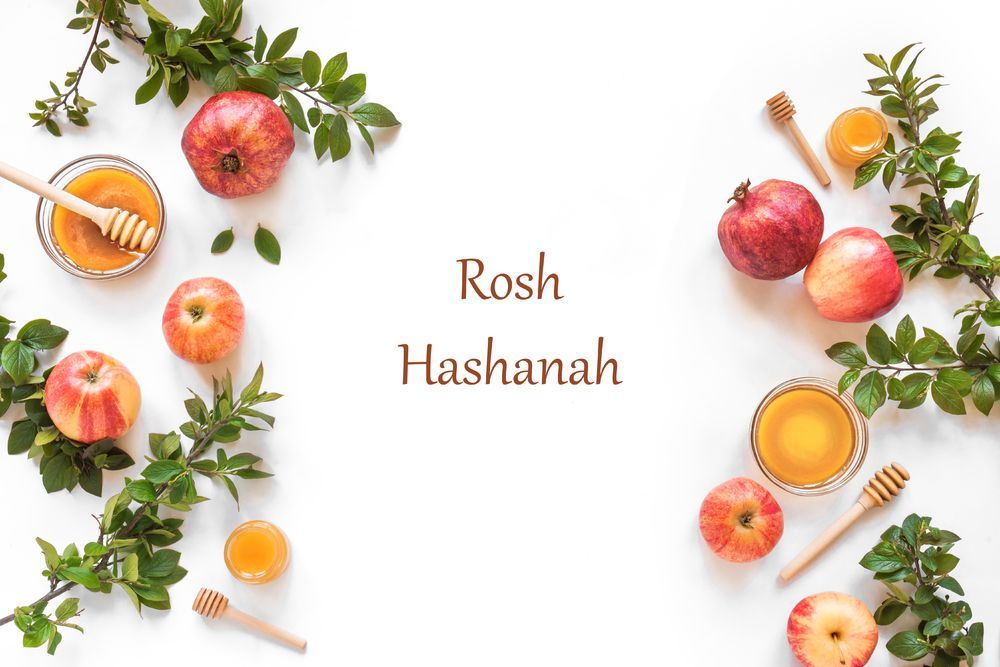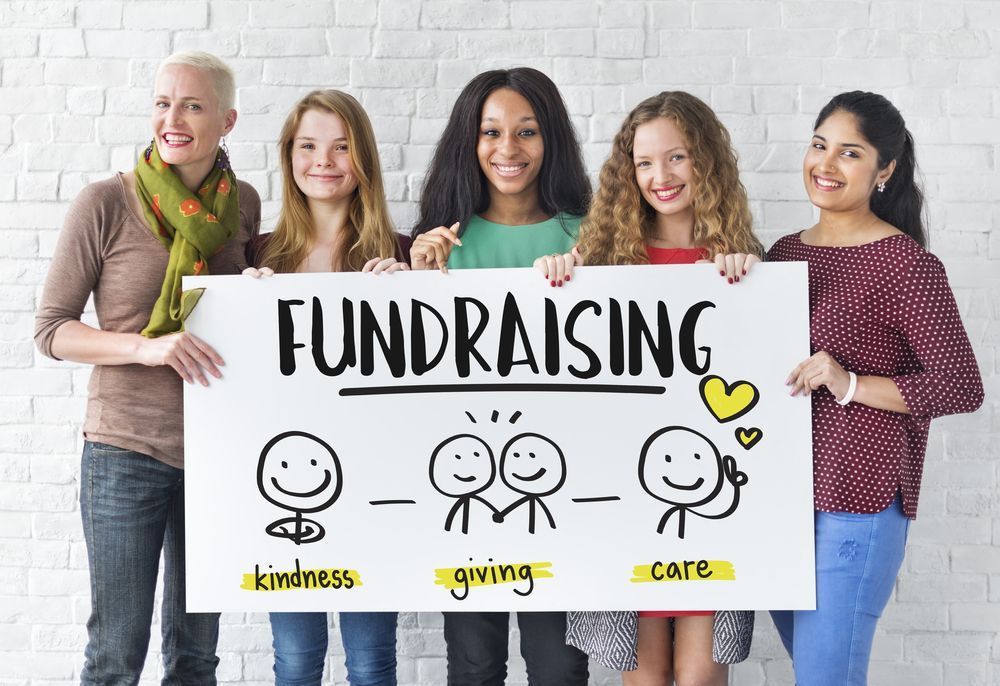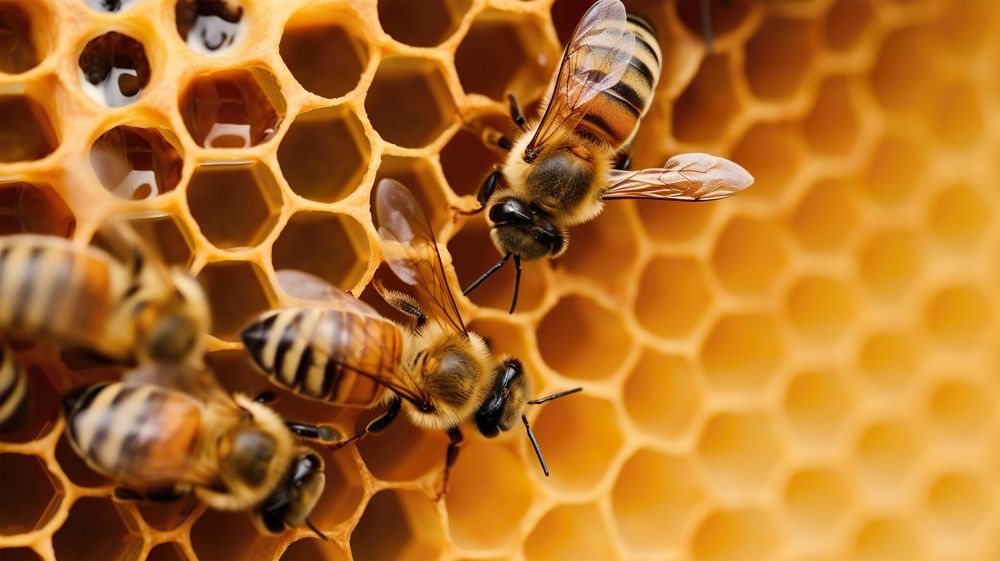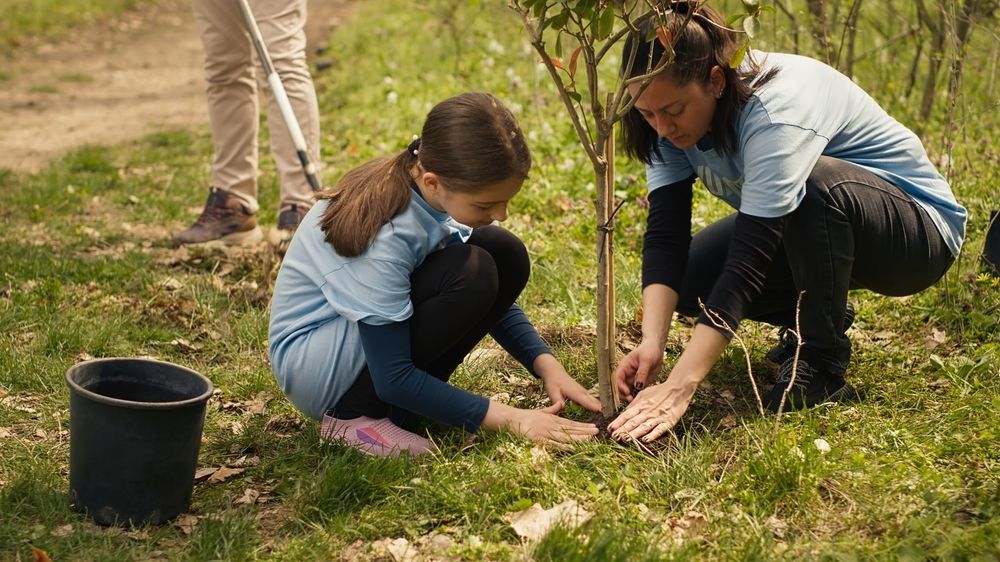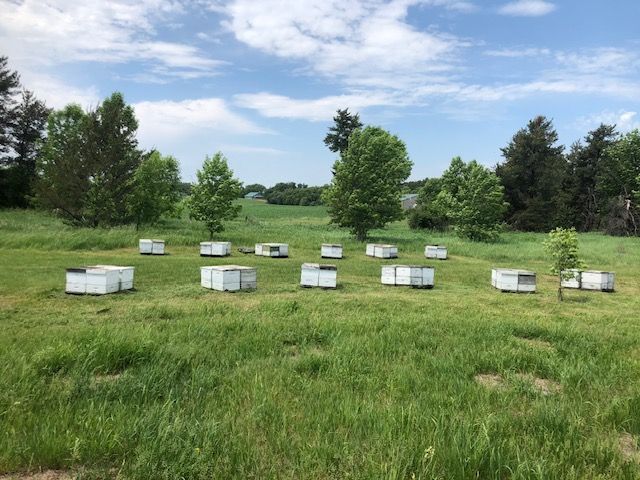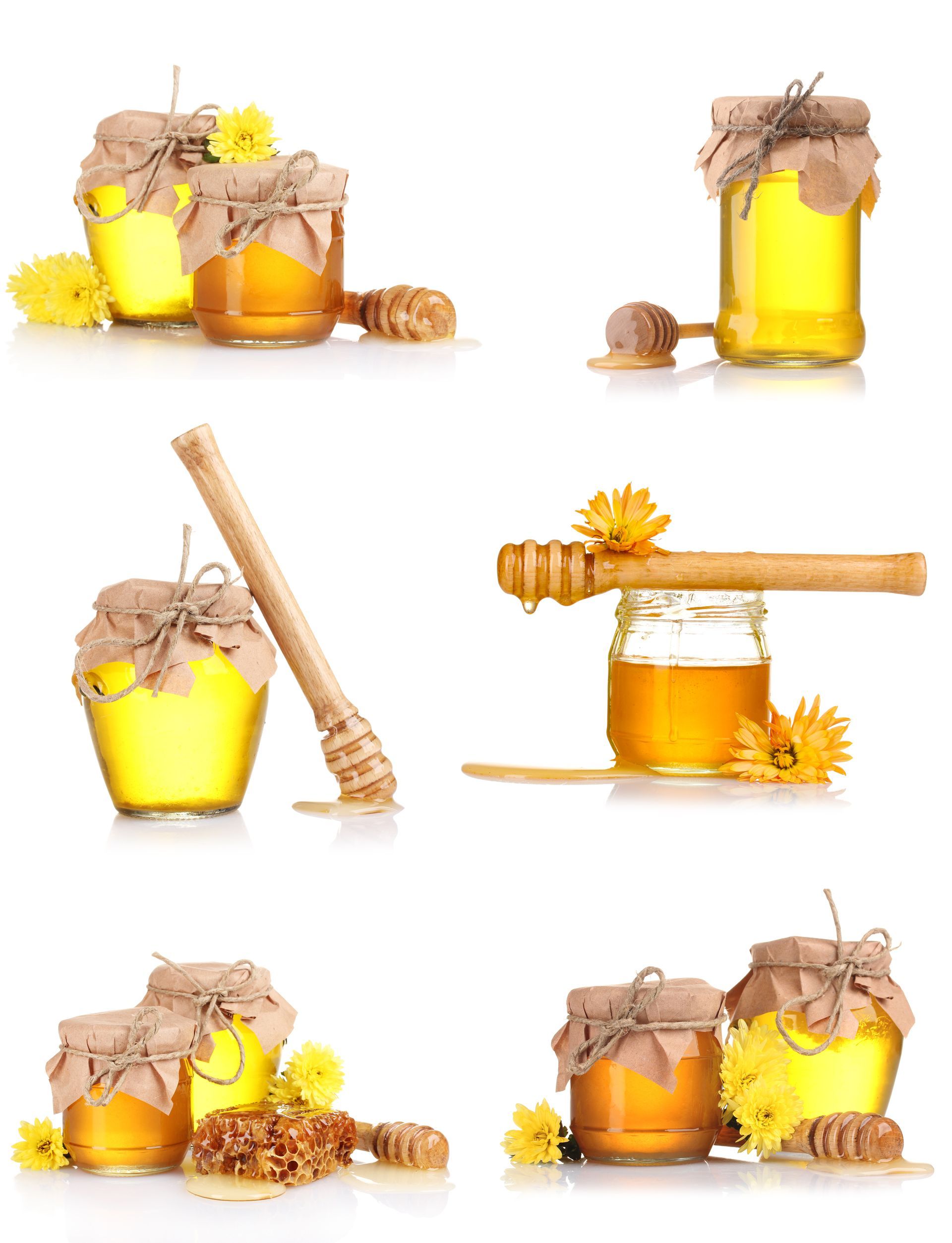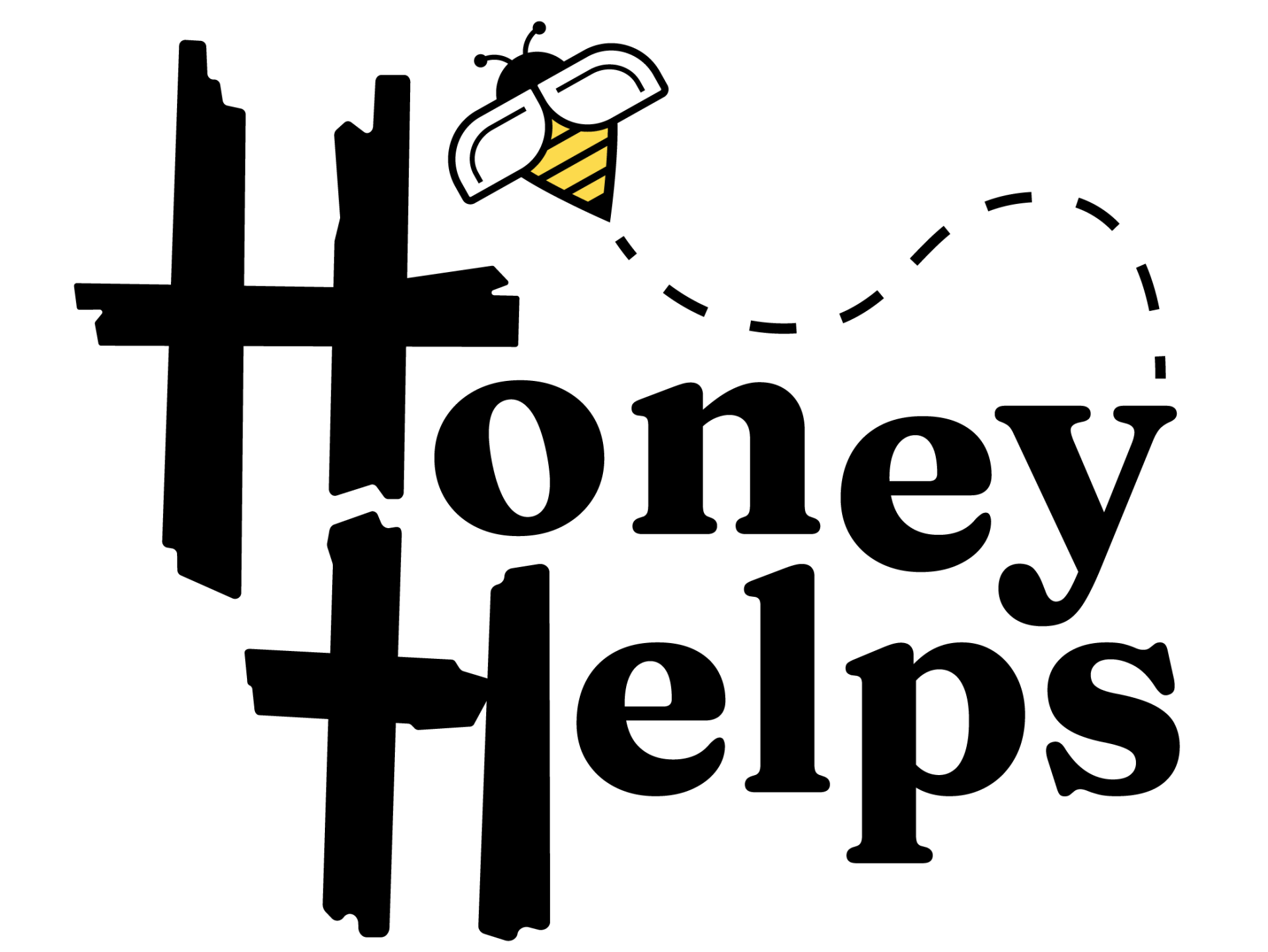Share this Article:
Are Honeybees Endangered?
Bees are buzzing powerhouses—tiny but mighty workers that play a huge role in our ecosystem. But sadly, not all bees are thriving. In fact, several species are in serious trouble. Whether you’re a nature lover, an educator, or just love a good drizzle of honey in your tea, it’s time we all tuned in to what’s happening with our striped little friends.
Let’s clear this one up first, honeybees are not currently considered endangered, at least not globally. Thanks to beekeepers and some serious human hustle, honeybee colonies are being actively managed and maintained. So while they do face threats, they’re not at the top of the endangered list. Phew!
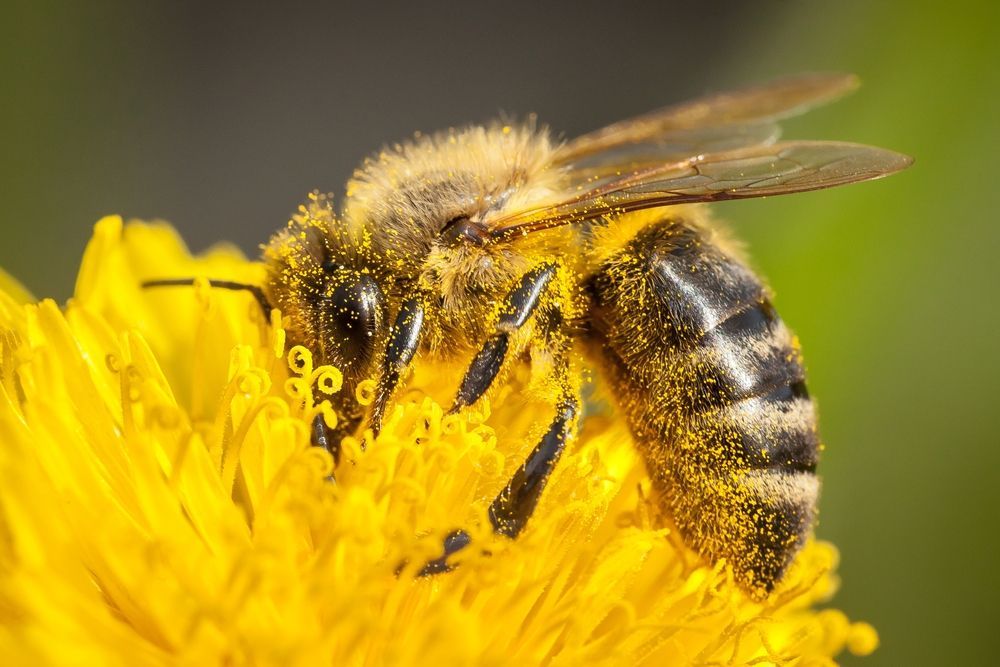
However, just because honeybees are doing okay, relatively speaking, doesn’t mean we can breathe easy. Many wild bee species (there are over 20,000 types of bees worldwide!) are not so lucky. And here's the buzzkill: even if honey bees are thriving under human care, a world with fewer wild bees is still a world in trouble.
Endangered Bee Species to Know
It’s not just one or two species on the brink, it’s a list that’s growing longer each year.
Here are a few key players on the endangered list:
Rusty Patched Bumblebee
Once common across the Midwest and Northeast, this fuzzy pollinator has vanished from nearly 90% of its native range. In 2017, it became the first bee in the continental U.S. to be listed as endangered. You can recognize it by—you guessed it—a rusty-colored patch on its back. It’s a super important pollinator of wildflowers and crops, but habitat loss, pesticides, and disease have knocked it down hard.
Hawaiian
Yellow-Faced Bees
These bees are the only native bees in Hawaii and have been around way before surfboards and shave ice. But now? More than a dozen species of yellow-faced bees are on the endangered list. They’ve been hit hard by invasive species, habitat destruction, and even fire. What’s wild: They nest in twigs, coral, and even lava rock. They’re tiny, they’re mighty, and they’re in serious need of protection.
Franklin’s
Bumblebee
This little bee has the smallest known range of any bumblebee in North America—just a small area between southern Oregon and northern California. It hasn’t been officially seen since 2006, which is heartbreaking. Conservationists are still searching, hoping it’s out there buzzing quietly somewhere. Even if it is, it’s one of the rarest bees on the planet, and its future is hanging by a thread.
Western
Bumblebee
This former superstar pollinator used to dominate the West—but not anymore. Its population has dropped significantly in states like California, Oregon, and Washington. Scientists think pesticide exposure, climate change, and a nasty fungal disease called Nosema are to blame. Good news: there’s still time to protect them, and efforts are underway to bring them back from the brink.
American
Bumblebee
This classic bumblebee used to be everywhere east of the Rockies, but now? Its numbers have plummeted by nearly 90% in some regions. Once the most common bumblebee in the U.S., it’s now missing from many states it used to thrive in. It’s under review for protection under the Endangered Species Act—and it's a big deal, because this bee plays a major role in pollinating wild plants and crops.
Crotch’s
Bumblebee
Despite the giggle-worthy name (yep, go ahead—we laughed too), this bee is no joke when it comes to being at risk. Found mostly in California, Crotch’s Bumblebee has declined by over 98% in its native range. It prefers warm, dry habitats and is highly sensitive to environmental changes, which makes it especially vulnerable to land development and agriculture. It’s now being considered for endangered species protection in the state.
Want to make a difference for these endangered species and fundraise for a good cause? Keep reading, your next move could help save the bees and support your organization at the same time.
What’s Hurting the Bees?
Short answer: a lot.
Let’s unpack the main threats to our buzzy buddies and how the Honey Helps mission serves our little friends.
- Habitat Loss
Cities, roads, and farms have taken over the meadows, forests, and prairies that bees used to call home. With fewer flowers to visit and places to nest, bees are being pushed out.
- Pesticides
Neonicotinoids and other harmful chemicals can mess with bees’ brains, weaken their immune systems, and even kill them outright. And yeah, that’s as bad as it sounds.
- Disease & Parasites
One word: Varroa. These mites are like vampire ticks for bees, draining them of energy and spreading deadly viruses. It’s a rough gig being a bee.
- Climate Change
Bees are super sensitive to temperature changes. Rising temps, shifting seasons, and wild weather mess with blooming times and make it harder for bees to find food when they need it.
- Monoculture Farming
Farms that only grow one crop can turn into “food deserts” for bees once the bloom season ends. Diversity = life for bees!
What Happens if Bees Go Extinct?
Okay, so what if bees did go extinct? First off, let's hope that never happens, but hypothetically? Here’s the scary version:
- Bye-bye to 1 in 3 bites of food – No more apples, almonds, blueberries, cucumbers… and the list goes on.
- Massive hit to agriculture – Pollination by bees adds billions to the global economy.
- Ripple effect on ecosystems – Bees pollinate plants that feed other animals. Remove bees and the whole chain starts breaking down.
- Less honey! – Need we say more?
In short, a world without bees is a world with less color, less flavor, and way more problems. And we don’t want that, right?

How You Can BEE the Change!
This is paragraph text. Click it or hit the Manage Text button to change the font, color, size, format, and more. To set up site-wide paragraph and title styles, go to Site Theme.
Good news: it’s not too late! There are so many ways to help bees right from your backyard, your school, your church, or your local sports team.
Here’s how you can be part of the solution:
Plant Bee-Friendly Flowers
Bees love native plants. Go for wildflowers, lavender, coneflowers, and other pollen-rich blooms (check for the local flora in your area).
Skip the Pesticides
Use natural pest control methods instead. Bees will thank you.
Provide Nesting Spaces
Leave a patch of bare earth, or install a bee hotel. Yes—it’s a thing!
Set Out a Bee Water Station
A shallow dish with water and some pebbles gives tired bees a place to hydrate.
Spread the Word
Talk about bees. Post about them. Share this blog! The more people who know, the more bees we can save.
Support Local Beekeepers
Buying local, raw honey helps small beekeepers—and their bees—thrive.
Start a Honey Fundraiser Today
Wanna turn your love for bees into a sweet success story?
That’s where Honey Helps comes in.
Our fundraisers are all about helping organizations like yours raise money and raise awareness through selling 100% U.S. sourced raw honey.
With no upfront costs,
50% profit margins, and delivery straight to your supporters in just two weeks, it’s the easiest way to make a difference and earn big. Oh, and did we mention…it’s delicious?
Whether you’re part of a school, church, sports team, or other community group, we’ve got your back. Plus, every jar sold helps promote pollinator awareness and supports ethical beekeeping. Now that’s what we call a win-WIN.
Let’s put the FUN back in FUNdraising – and the bees back in business!
